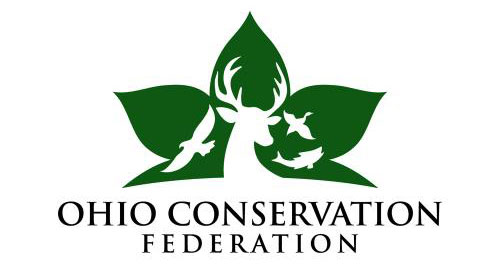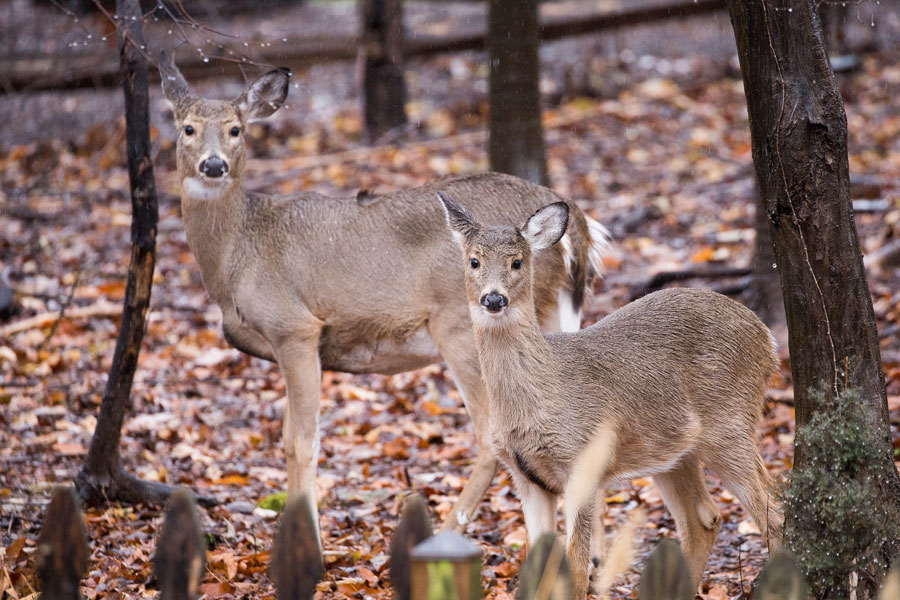National Wildlife Federation Film Explores National Scope of Invasive Carp Threat
National Wildlife Federation’s “Against the Current” shows the threat of invasive carp to the Great Lakes and their current impacts in Southern and Midwestern waters.
A film released this fall explores the national scope of the problems caused by invasive carp. The film focuses on the impact invasive carp have on the values and economies they threaten in the Great Lakes and the impacts they’re currently having in Southern and Midwestern waters. Furthermore, it highlights what’s needed to stop them.
Against the Current, released by the National Wildlife Federation Great Lakes Regional Center, features diverse viewpoints representing scientific, tribal, business, tourism, fishing, outdoor recreation, and conservation communities from northern Michigan to Tennessee.
“We deliberately explored the often underpublicized – but extremely important – values at risk from invasive carp across a wide swath of the country.” said Drew YoungeDyke, director of conservation partnerships for the National Wildlife Federation Great Lakes Regional Center and executive producer of the film. “We often hear of potential impacts to the Great Lakes sport fishery but we also wanted to show the threat to connected inland waters, tribal fisheries, and the outdoor recreation and tourism economies. We hear frustration that nothing is being done about invasive carp, so we wanted to show some of the projects already completed, as well as the things that still need to be done to stop invasive carp. We wanted to show the impact they’re already having in places that we don’t often hear about like inland rivers in Indiana, and in ways we don’t often hear about like property values and even duck hunting in Tennessee. The film shows that invasive carp aren’t just a Great Lakes fishing issue, they’re a national issue affecting our waters, our economies, and our way of life.”
The film features the perspectives of Doug Craven of the Little Traverse Bay Band of Odawa Indians, Ali Shakoor of Wayne State University, Ella Skrocki of Sleeping Beer Surf and Kayak, Chad Munger of Mammoth Distilling, Tom Werkman of Werkman Outfitters, Emily Wood of the Indiana Wildlife Federation, Dave Hosler of Pile Cast Fly Fishing, Don Cranfill of Driftwood Outdoors, Robert Hirschfeld of Prairie Rivers Network, Bill Cooksey of Vanishing Paradise, Mike Butler of the Tennessee Wildlife Federation, and Marc Smith of the National Wildlife Federation, and is narrated by YoungeDyke.
One of the locations featured in the film, Eagle Marsh Berm in Fort Wayne, Indiana, serves to keep bighead and silver carp out of Lake Erie. The film shows the impact of bighead and silver carp on the Wabash River in Lafeyette, Indiana. In Fort Wayne, the Wabash is separated from the St. Mary’s River by the Eagle Marsh, a restoration effort at the site of a former farm. A high point in the marsh is the dividing line between the rivers and between the Mississippi River and Great Lakes watersheds. When flooded, the Wabash could mix with the St. Mary’s, which flows to the Maumee River and Lake Erie. Completed in 2016, the Eagle Marsh Berm prevents invasive carp in the Wabash River from getting into the St. Mary’s River.
Against the Current was filmed, produced, and edited by Jordan Brown of Michigan Out-of-Doors TV and supported by a grant from the Great Lakes Fishery Trust and donations from Rep Your Water and Favorite Fishing. Shorter versions of it recently premiered on Detroit Public TV’s Great Lakes Now program and Michigan Out-of-Doors TV.
Against the Current can be viewed on YouTube, Vimeo, and on the National Wildlife Federation Great Lakes Regional Center’s Facebook page. Visit www.greatlakesconservation.com for more information about invasive carp.

